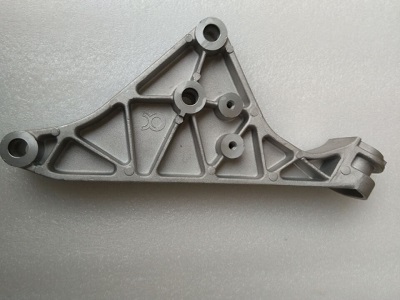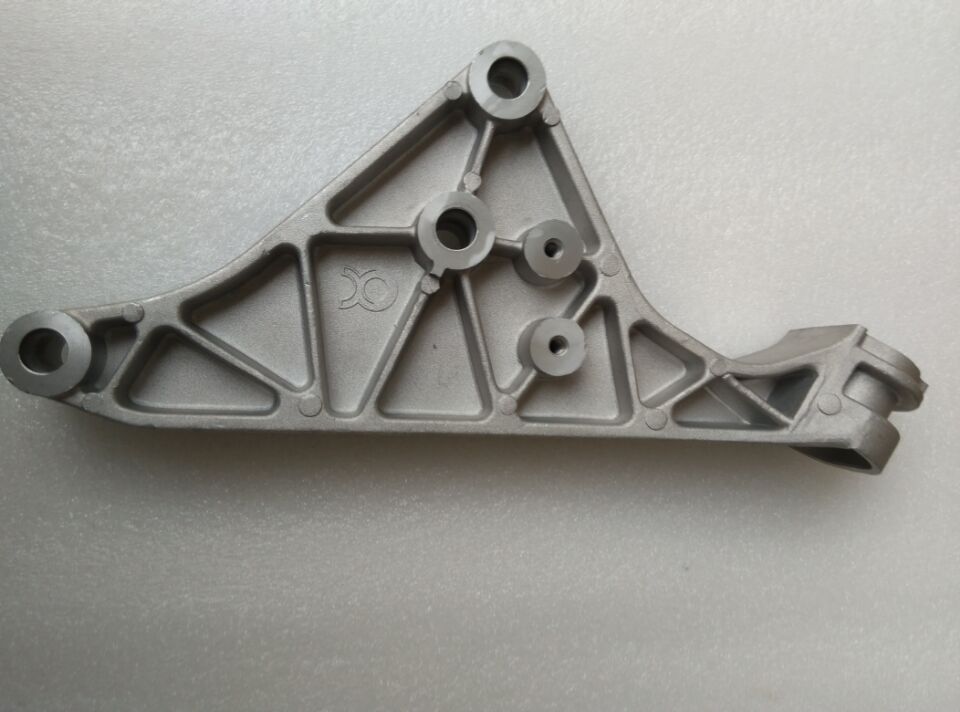- Auto parts carbon steel casting
- Carbon Steel Auto Engine Parts Precision Casting
- Automobile carbon steel precision parts castings
- Precision casting of carbon steel auto brake parts
- Carbon Steel Ship Castings
- High speed train carbon steel connecting rod castings
- Automobile and motorcycle stainless steel parts precision castings
- Stainless steel hinge precision casting
- Stainless Steel Auto Parts Castings
- Stainless Steel Ship Castings
- Automobile stainless steel gimbal precision casting
- Automobile stainless steel hinge precision casting
- Alloy Steel Ship Castings
- Automobile spring seat alloy steel precision casting
- Automobile balance frame alloy steel precision casting
- Automobile suspension alloy steel bracket precision casting
- Alloy auto parts precision castings
- Automobile and motorcycle alloy steel parts precision castings
- Ship accessories casting
- Shift Shaft Precision Castings
- Knocking wrench precision casting
- Powerful wrench precision castings
- Auto parts precision castings
- Axle parts casting

Engine Suspension Bracket Die Casting
Engine suspension bracket die casting is a key component used in automobile engine suspension systems. It is usually manufactured using a die-casting process, using high-strength alloy materials such as aluminum alloy or magnesium alloy. Its main function is to support and secure the engine to maintain the correct position and stable operation of the engine in the suspension system. It bears the weight and vibration of the engine, and plays the role of shock absorption and engine protection during vehicle driving.

Product Features:
● High strength: The die-casting process allows the bracket die-casting parts to have high strength and rigidity, which can withstand the weight and vibration of the engine and ensure the stable operation of the engine.
● Lightweight: Using aluminum alloy or magnesium alloy materials can make the bracket die-casting parts have a lower weight, reduce the weight of the entire engine suspension system, and improve the vehicle's fuel economy and handling performance.
● Complex shapes: The die-casting process can realize the manufacturing of complex shapes, allowing the bracket die-casting parts to adapt to the design needs of different models and engines, providing better installation and performance.
● Integrated design: Bracket die-casting parts usually adopt an integrated design to reduce connecting joints and welds and improve the strength and reliability of the overall structure.
Casting process:
● Mold making: First, the metal mold for die casting needs to be made. The mold is usually made of heat-resistant and wear-resistant tool steel and is precisely machined according to the design requirements of the bracket die casting.
● Material preparation: Select the appropriate aluminum alloy or magnesium alloy material, mix and pre-melt according to the formula ratio. Materials need to undergo strict chemical composition and physical performance testing to ensure qualified quality.
● Smelting and casting: Pour the pre-melted alloy material into the furnace for smelting, and control the temperature of the furnace and the fluidity of the molten metal. Molten metal is then injected into a pre-prepared metal mold to form the initial shape of the stent die-cast.
● Die-casting molding: After the molten metal is injected into the mold, high pressure is applied through a high-pressure injection machine or die-casting equipment to fully fill the cavity of the mold with the molten metal and form the required shape of the bracket die-casting part. The die-casting process requires controlling parameters such as injection speed, pressure and temperature to ensure product quality.
● Cooling and solidification: The bracket die casting is cooled and solidified in the mold, allowing it to gradually solidify and harden. Cooling time varies based on factors such as material type and die casting thickness.
● Slag removal and post-processing: Take out the cooled and solidified bracket die-casting part from the mold, and carry out slag removal and cleaning processes to remove possible remaining bubbles, foreign matter and other impurities. Then trim and process to remove remaining material and burrs to make the surface of the bracket die-casting parts smooth.
● Inspection and quality control: Strict inspection and quality control are carried out on bracket die-casting parts, including dimensional inspection, material composition analysis, mechanical performance testing, etc. Ensure that bracket die-casting parts meet design requirements and quality standards.
● Surface treatment and coating: As needed, the bracket die-casting parts are subjected to surface treatment, such as spraying, anodizing, etc., to improve the anti-corrosion performance and appearance quality.